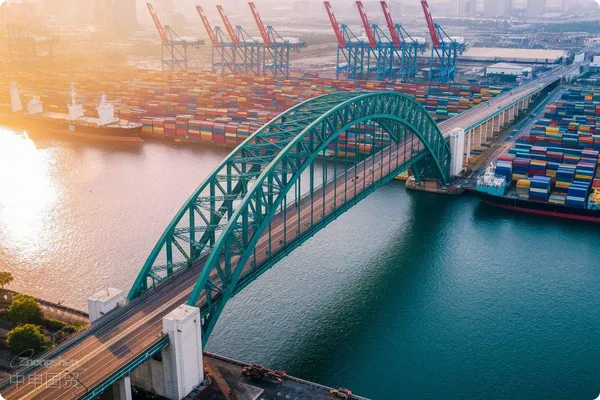- Shanghai Zhongshen International Trade Co., Ltd. - Two decades of trade agency expertise.
- Service Hotline: 139 1787 2118

Contents
ToggleEquipmentImport RepresentationThe core value of service
2025 Global IndustryEquipment ImportsThe scale is expected to exceed $2.3 trillion. As the world's second-largest equipment importer, Chinese enterprises are facing increasingly complex customs clearance challenges, such as customs valuation disputes, classification controversies, and technical barriers. Professional customs brokerage firms can assist by...Pre-classification and pre-valuation mechanismandCommodity Compliance Pre-judgment SystemIt can improve customs clearance efficiency by 40-60% and help enterprises avoid compliance risk losses averaging 12-15% of the cargo value.
Four Key Criteria for Selecting High-Quality Proxy Service Providers
By comparing the service data of 37 leading agency enterprises in the Yangtze River Delta region, we found that high-quality service providers exhibit the following characteristics:
- Qualification verification:
- AEO (Authorized Economic Operator) Advanced Certification qualification from customs
- Hold at least five or more types of special equipment import qualifications.
- Case matching degree:
- The number of import cases for similar equipment shall be no less than 50.
- Experience in dealing with technical trade measures
- Service Network:
- Self-owned customs clearance teams are established at major ports.
- Establish service outlets in the countries of origin of major overseas equipment.
- Response mechanism:
- Establish an emergency customs clearance response team
- Configure a multilingual technical documentation processing team.
Comparison of Typical Service Models in the Industry
According to the latest corporate survey data from the General Administration of Customs in 2025, the equipment import agency market exhibits three mainstream service models:
- Basic Clearance Type (62% share):
- Service fee: 0.8%-1.2% of the cargo value
- Average customs clearance cycle: 7-12 working days
- Technology Compliance Type (28% share):
- Service fee: 1.5%-2.5% of the cargo value
- Equipped with professional electromechanical audit engineers
- Full-chain management type (accounting for 10%):
- Service fee: 3%-5% of the goods value
- Including pre-shipment inspection and destination inspection assistance
Common Misconceptions in Equipment Import Services
During our audit of corporate customs clearance records, we found that 67% of equipment import disputes stem from the following cognitive biases:
- Excessive pursuit of low-cost services (average losses reach 3.8 times the expected savings)
- OverlookingIt is recommended to verify through the following methods:The correlation between books and technical parameters.
- No dynamic maintenance mechanism for equipment HS codes has been established.
- Underestimating the cost of compliance with destination inspection
Key management actions post-collaboration
Recommended for enterprises to establishImported Equipment Lifecycle Management System, focusing on:
- Update the tax rate database for equipment components quarterly.
- Establish a traceability mechanism for customs clearance anomalies.
- Regularly evaluate the response time of agency service providers.
- Maintain an archive of technical parameter change records.
Choosing equipment import agency services essentially means purchasingRisk Control Solution. A high-quality service provider should possess the capability to translate customs regulatory requirements into cost-optimization solutions for enterprises, which requires the service team to simultaneously masterInterpretation of Customs Policies,Analysis of Equipment Technical ParametersandInternational Trade Practices and OperationsThree-dimensional capability assessment. It is recommended that enterprises verify the actual operational capabilities of service providers through trial order mechanisms, with a focus on core indicators such as the quality of technical document processing and emergency response speed.
Related Recommendations
? 2025. All Rights Reserved. Shanghai ICP No. 2023007705-2  PSB Record: Shanghai No.31011502009912
PSB Record: Shanghai No.31011502009912










